Entrance to our permanent exhibition 'Aesthetics of Nature' Photo: Museum Wiesbaden / Bernd Fickert
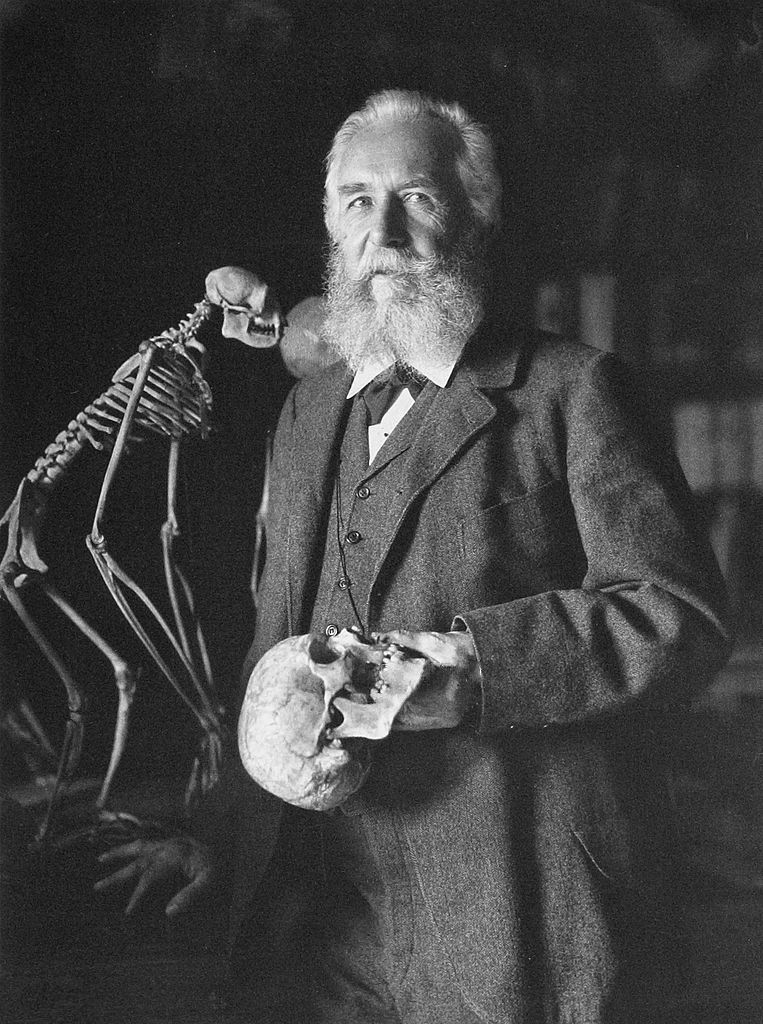
The room devoted to forms in the permanent exhibition Aesthetics of Nature offers a segue into all the museum’s other collections. Located immediately adjacent to the Art Nouveau/Jugendstil section, it prepares visitors for this epoch in art history with references to the biologist Ernst Haeckel. So what influence did Haeckel have on art?
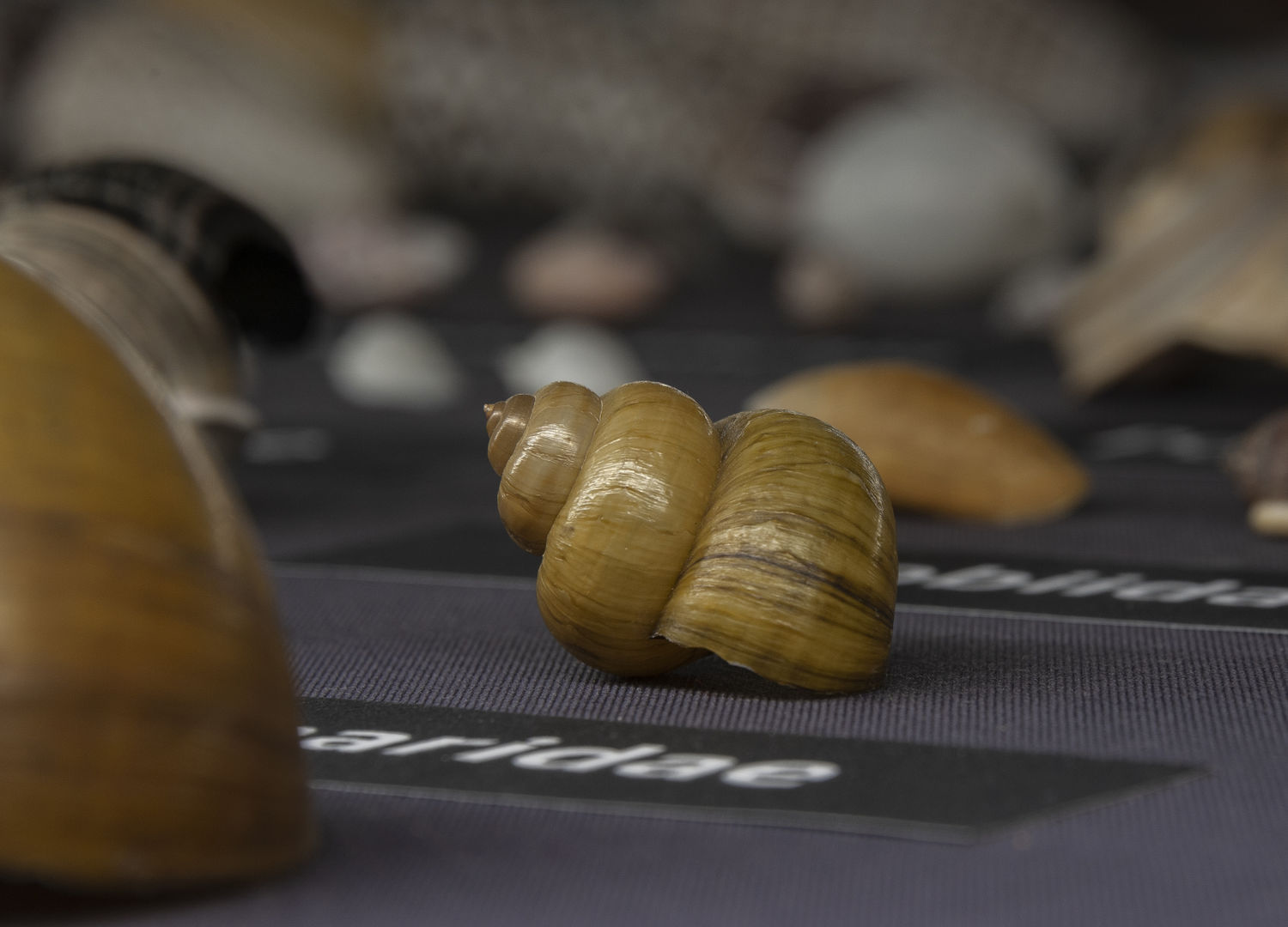
Science gained in significance during the Renaissance and the Enlightenment. Then, in the mid-19th century, it began to be separated into specialist disciplines, a development that Ernst Haeckel to some extent resisted, preferring to advance his own natural philosophy. Much of his work is still fascinating today, although some aspects have been superseded.
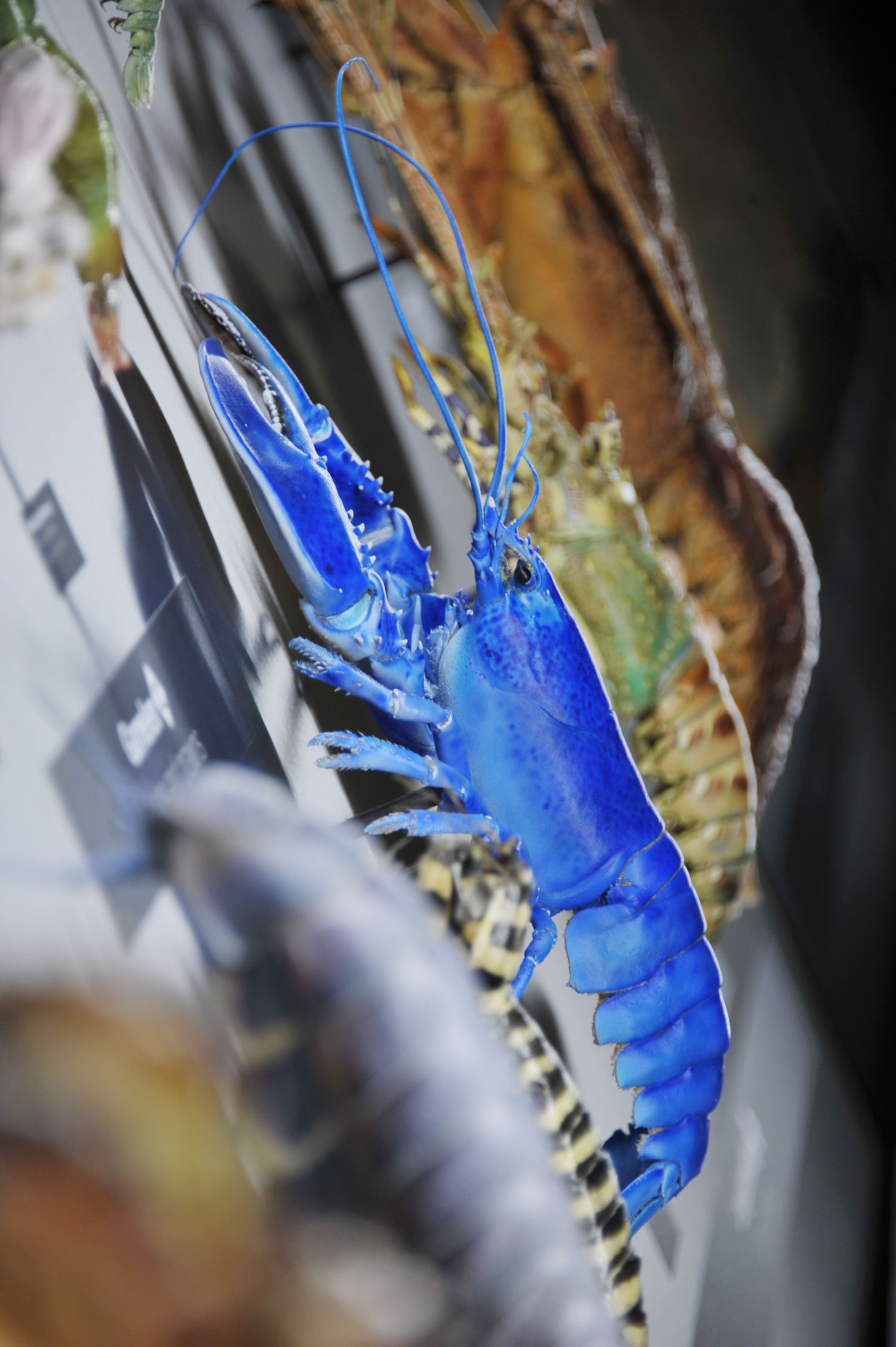
During the 19th century new habitats were being discovered all over the world. In the course of his discoveries Ernst Haeckel developed a special interest in the oceans and became a pioneer of modern ecological research. Even today, the depths of the ocean are still terra incognita.
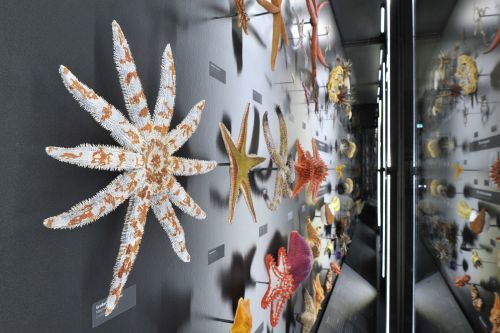
More often than not it is the simple questions that lead to new discoveries in science. While the questions themselves are often so simple they are asked only by children, the answers are anything but. The question of symmetry in living forms was one that Ernst Haeckel was determined to get to the bottom of, and he persevered until he found the answer.
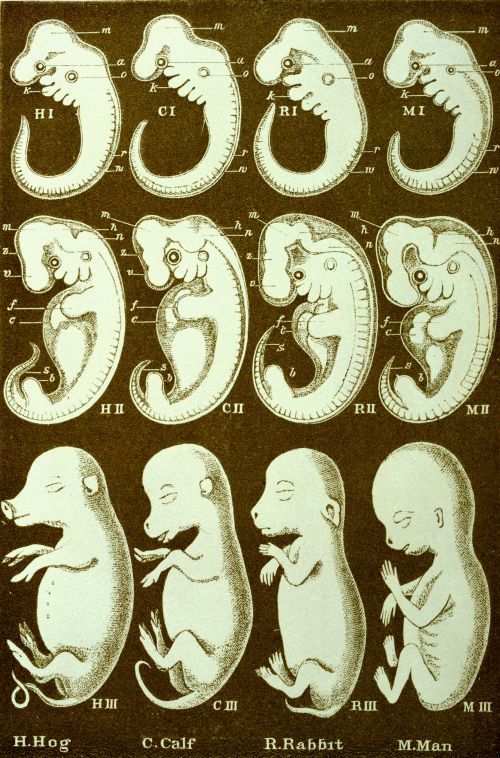
200 years ago, scientists began to focus in more detail on the development of the individual as opposed to the species. This was made possible by the advent of new methods and technical advancements, especially the microscope. The resulting hypotheses did not always prove to be correct, however.

We associate Ernst Haeckel primarily with his many illustrations. His views of previously unknown habitats and dimensions of life became very popular and offered motifs for other artists, particularly those working in the style of Jugendstil.
Fritz Geller-Grimm
Department Head
Curator, Natural History
Translation: Lance Anderson